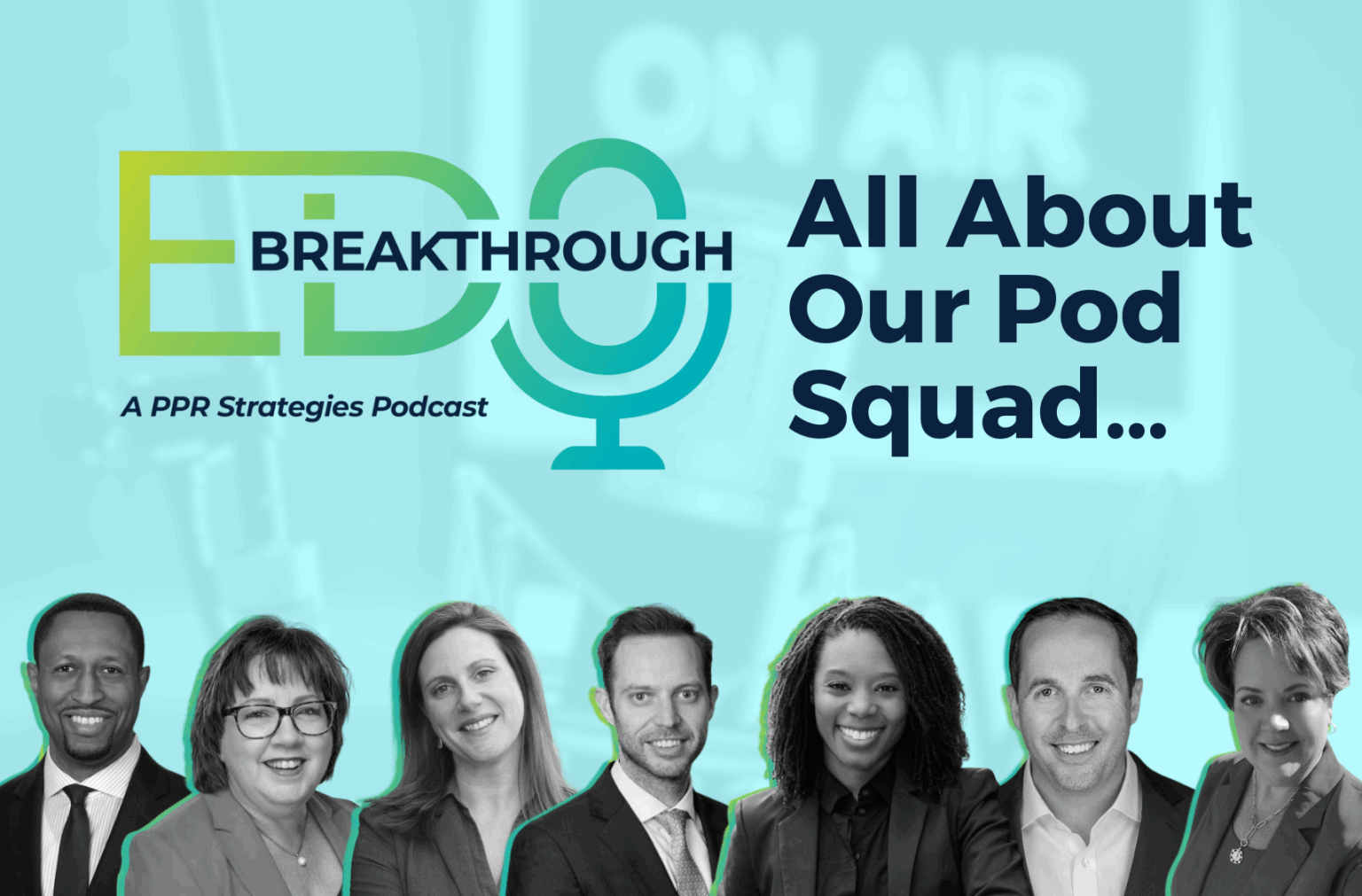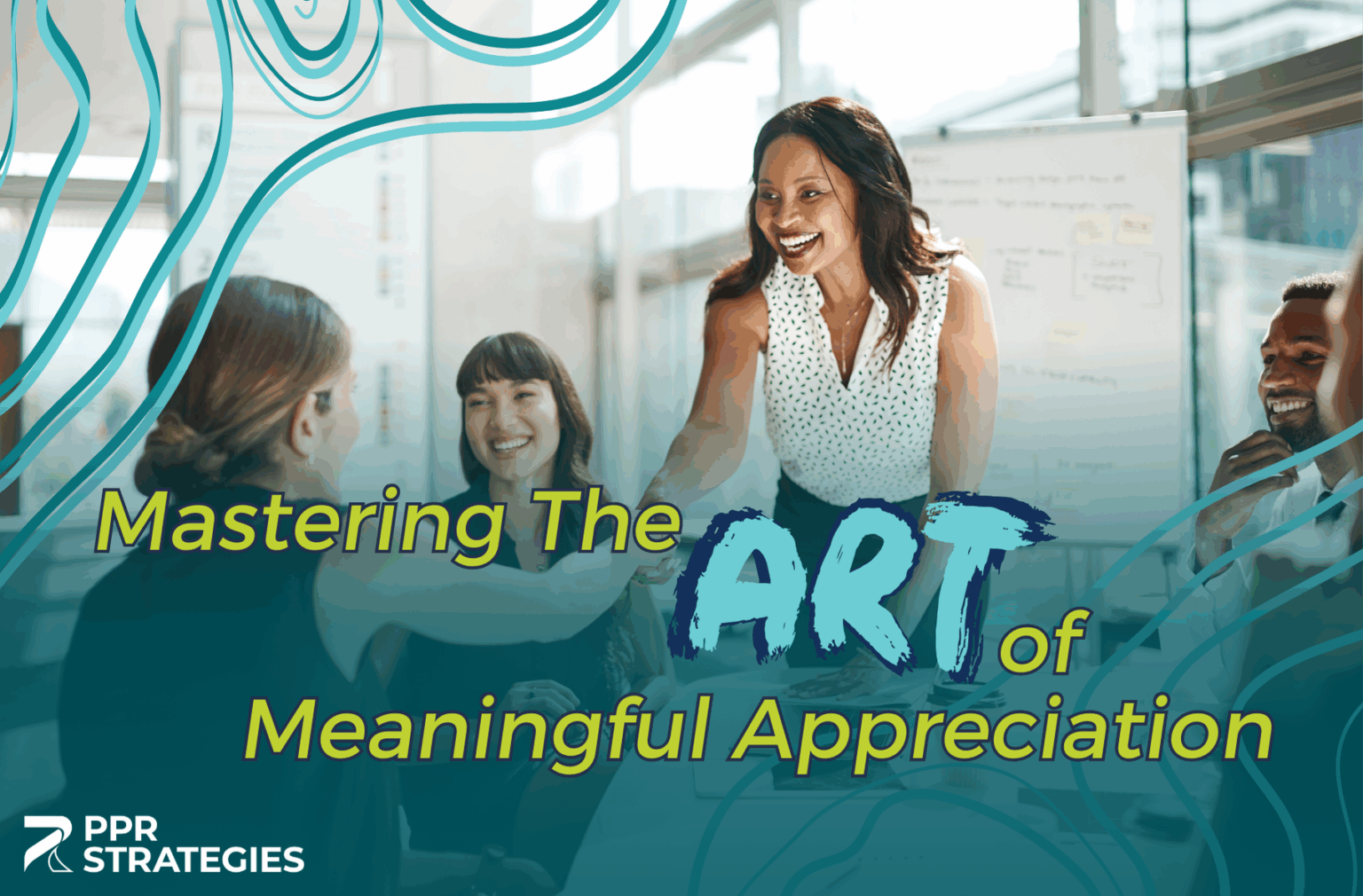Welcome back to our blog series about how to run a successful Internship Program! Hiring interns is a great way to give back to the community and also get extra support inside your business or organization.
In our last blog post here, we shared how to find the best candidates for internships. Once you’ve hired interns, how do you structure and oversee their time? What kind of projects should you give them to focus on?
Our approach starts with building the internship around the intern’s desired skill set/focus. Within our organization, that might be marketing, public relations, podcasting, social media, writing, or another area of our expertise. Some interns are very clear on the area they’d like to focus on and others are looking for exposure to everything. We don’t expect them to have these skills fully developed before interning with us – the purpose of the internship is to help them grow their skills!
A key part of creating a successful internship experience is giving the interns real work to do so that they directly contribute to projects. When finding tasks for your intern to focus on, it’s important to remember that the interns are only there temporarily. They should only be given projects that they can complete during their allotted time as an intern. Don’t make the mistake of handing your Instagram account over to an intern and then scrambling to maintain it once they’re gone!
We give our interns both daily/weekly tasks as well as semester-long projects so that they can see the longevity of a project over time. We review and oversee their work heavily from start to finish to ensure that it meets the quality of all of our work.
When it comes to structuring their time, here are our three types of internship models:
1. In-person internships
With in-person interns, you can give them work to do that’s needed on the spot or by the end of the day. You’re able to rely on them to get time-sensitive work done, and you can easily answer their questions and oversee their progress during the day.
An in-person opportunity gives an intern the chance to build professional and interpersonal skills that can’t always be built over a Zoom call. They have to show up for work hours, collaborate within a team, and regularly communicate with team members and supervisors. This gives them a great insight into what it’s really like working in an office.
2. Remote internships
Remote internships are exactly what they sound like: the intern is working 100% remotely and all of your communication takes place over phone, email, or Zoom/video meetings. A remote internship can be a great option for busy college students.
To keep interns connected and in communication with the rest of the team, you can invite them to join weekly team meetings (via Zoom). As needed, a team member can meet with them over Zoom to discuss, review, or clarify projects.
One benefit of bringing in remote interns is that it allows you to pick from a wider pool of candidates and location doesn’t have to be a factor for opportunity. Remote internships also don’t require any in-person infrastructure like having a desk, which is especially helpful for an organization working in a small office.
3. Hybrid internships
With a hybrid internship, an intern is working a combination of remote and in-person hours, so they get some of the benefits of each type of internship. When they’re in the office, you can give them work to complete during the day, and they’re also given work to complete during their remote hours.
Hybrid internships can be a great option for the busy college student who isn’t always able to come into the office, but would like to get some of that in-person experience.
****
When it comes to monitoring the success of an internship, we’ve found that it’s subjective to each person. Our goal is for the intern to feel that their time was well-spent and that they built their skill set – and we want to make sure they’re helpful to us in our organization. As we review the work they submit, we look for growth in their position, competency within their skillset, and quality and improvement over time.
Since the start of the pandemic, we’ve had two interns each semester, with a mixture of in-person and virtual options. It’s been exciting to continue growing our Internship Program, knowing we’re making a great difference in the lives of many young professionals.
But don’t just take our word for it – watch out for next week’s blog, which is a guest post from one of our recent interns!
Are you looking for some guidance with developing an internship program? We offer consulting to help you next-level your internship program. Contact us to set up a free 15-minute consultation.
‘Til next time,
The PPR Strategies Team








